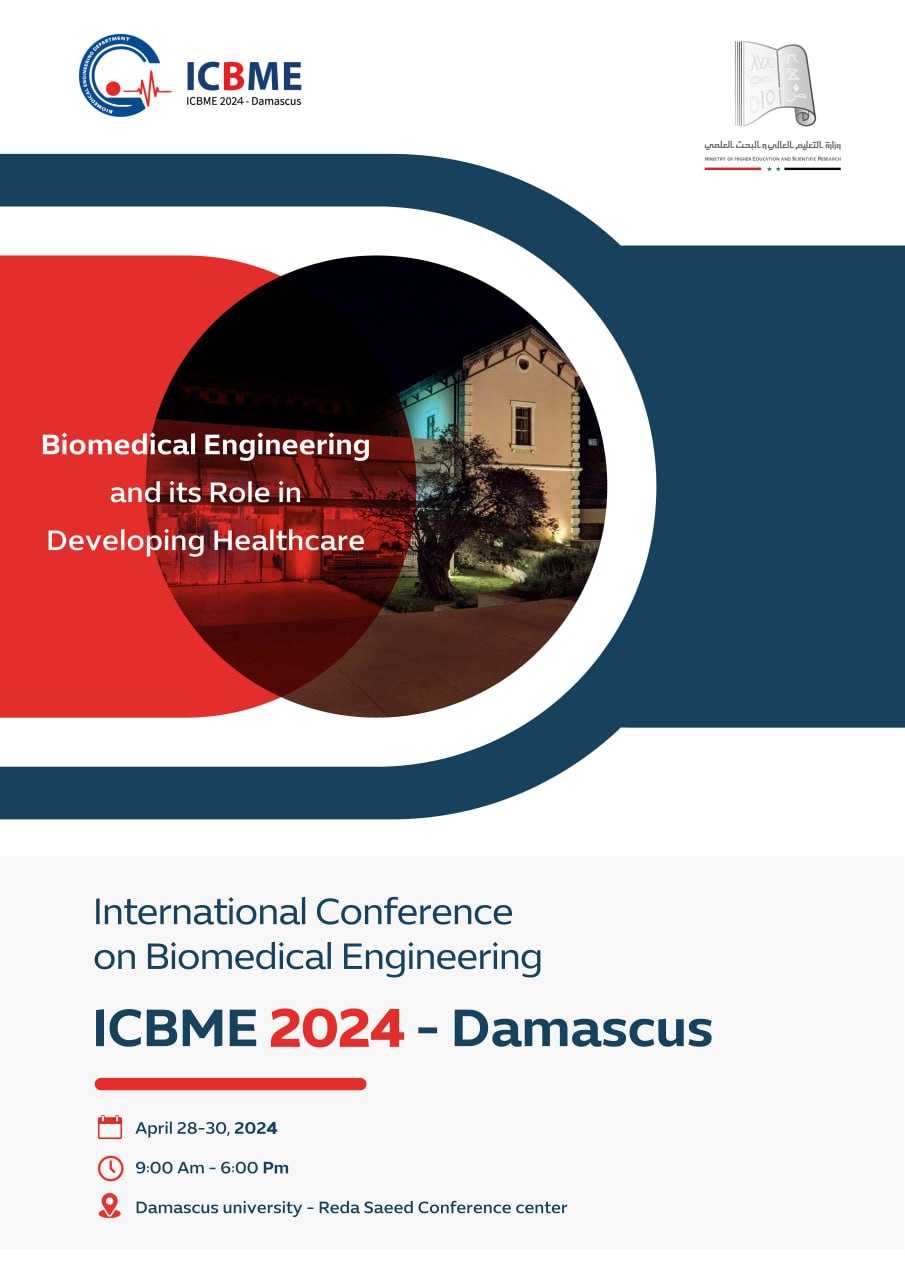تموضع الأجهزة الطبية وإرسائها باستخدام الواقع المختلط
الكلمات المفتاحية:
روبوت دافينشي، الواقع المختلطالملخص
شهدت الجراحة الدقيقة والعمليات الطبية في المستشفيات ومراكز الرعاية الطبية تطورات كبيرة بفضل القدرات المتزايدة والدقة التي توفرها الأجهزة الطبية في الخدمات التي تقدمها. ومع ذلك ، يواجه الأطباء والموظفون الصحيون تحديات ملحوظة عند التعامل مع تشغيل وضبط وتثبيت هذه الأجهزة، لا سيما في المرافق الطبية الجديدة المنشأة بأحجام ومتطلبات متخصصة متنوعة، مع مراعاة الأبعاد والوزن لبعض الأجهزة. تسعى هذه الدراسة لتقديم حلا فعّالا للتعامل وتثبيت الأجهزة الطبية مثل (روبوت د ا فينشي، جهاز الرنين المغناطيسي، جهاز C-ARM) داخل بيئات المستشفى. الهدف الأساسي هو عرض نموذج ثلاثي الأبعاد للجهاز الطبي في المساحة المطلوبة باستخدام 2 Microsoft HoloLens ، لتوفير نظرة مسبقة للفريق الطبي على الوعي المكاني. حيث قدم النموذج ثلاثي الأبعاد حلا لمحاكاة تحركات الأجهزة الطبية الحقيقية وتثبيتها في البيئة الحقيقية. تساعد هذه الطريقة في منع التداخل مع العوائق وتمكين التخطيط الاستراتيجي للمسار الأمثل للتعامل مع الجهاز الطبي الفعلي وتثبيته. على سبيل المثال ، تم وضع نموذج ثلاثي الأبعاد لروبوت الجراحة د ا فينشي بدقة على الأرض، مع مراعاة العوائق القريبة وتكرار الأبعاد الدقيقة للجهاز الأصلي (الارتفاع: 175.3 سم، الطول: 127 سم، العرض: 91.5 سم). في هذه الدراسة التحقيقية الأولية ، قيمنا فعالية النظام المقدم في إعادة إنتاج الحواجز الحقيقية التي تقيد حركات الجهاز الطبي وقابليته للاستخدام في إدارة النسخة الافتراضية للجهاز.

